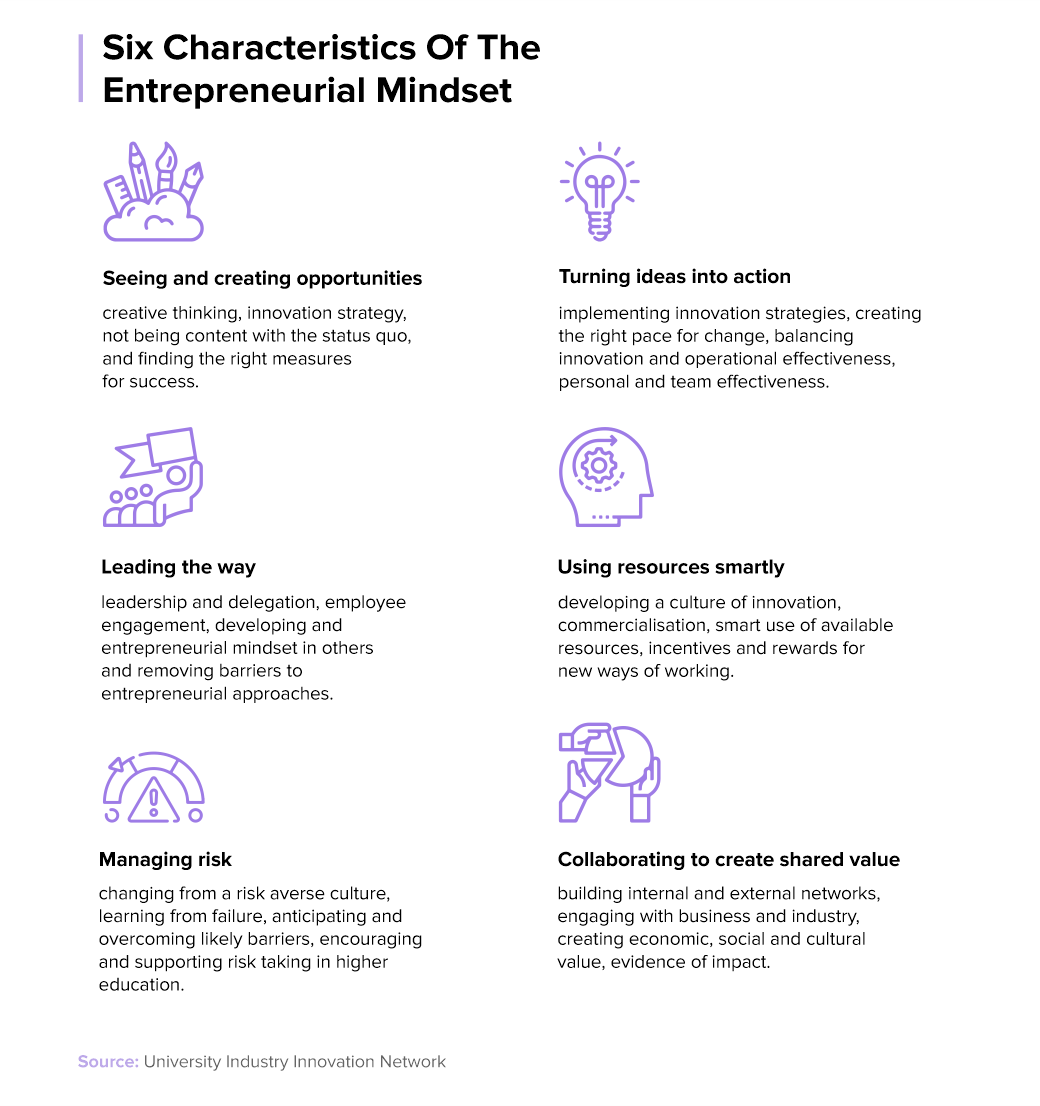Navigating the Path to Successful Projects

Successful projects are defined by their ability to meet business requirements, stay within budget, and deliver expected value. For project managers and teams, understanding the criteria for success is crucial. This blog post explores the key elements that contribute to project success, providing insights that can help guide your project management journey.
Introduction to Project Success
Success in project management is often measured by how well a project meets its objectives. This includes fulfilling business requirements, adhering to budget constraints, and delivering the expected value to stakeholders. A successful project not only satisfies its immediate goals but also contributes positively to the organization’s broader strategic objectives. To achieve project success, it’s essential to establish clear criteria from the outset. This involves defining what success looks like for each project, which can vary depending on the stakeholders involved and the specific goals of the initiative. By articulating these criteria early on, project teams can align their efforts and ensure that all members are working toward a common vision. The foundation of a successful project lies in understanding both the tangible and intangible benefits it offers. Tangible benefits might include increased revenue or improved efficiency, while intangible benefits could encompass enhanced team morale or stronger customer satisfaction. Recognizing the multifaceted nature of project success enables teams to approach their work with a holistic mindset, ensuring that they consider all aspects of the project lifecycle.

Characteristics of Successful Projects
Successful projects share several common characteristics that set them apart from less successful endeavors. One of the most critical elements is having clear, well-defined goals. These goals serve as a roadmap, guiding the project team through the various phases of the project. Without clear objectives, teams may find themselves veering off course, resulting in wasted resources and effort. Comprehensive planning is another hallmark of successful projects. This involves developing detailed project plans that outline timelines, resource allocation, and risk management strategies. A well-crafted plan provides a framework for execution and helps teams anticipate potential challenges. Early risk analysis is essential, allowing teams to identify and mitigate issues before they escalate. Stakeholder involvement is equally important. Engaging stakeholders throughout the project lifecycle ensures that their perspectives and needs are considered, which can lead to better decision-making and more favorable outcomes. By fostering collaboration and open communication, project teams can enhance their chances of success and build stronger relationships with key stakeholders.
The Role of Effective Project Management
Effective project management is central to achieving success. Skilled project managers possess the ability to navigate challenges, make informed decisions, and lead their teams with confidence. They are adept at balancing competing priorities, managing resources efficiently, and keeping the project on track. One of the key responsibilities of a project manager is to adhere to a formal development methodology. Whether it’s Agile, Waterfall, or another approach, following a structured process helps ensure that all necessary steps are taken throughout the project lifecycle. This not only provides clarity and consistency but also makes it easier to measure progress and identify areas for improvement. Additionally, effective project managers are strong communicators. They must convey information clearly and ensure that all team members are aligned with project goals. Regular check-ins and updates help maintain momentum and keep everyone informed of any changes or challenges that arise. By fostering an environment of transparency and collaboration, project managers can significantly enhance their teams’ performance and project outcomes.
Common Contributors to Project Failure
Understanding the factors that lead to project failure is just as important as knowing the keys to success. Many projects falter due to a lack of stakeholder input. When stakeholders are not engaged or their needs are not considered, projects can miss critical requirements, leading to dissatisfaction and rework. Vague requirements are another common pitfall. When project objectives are not clearly defined, teams may struggle to deliver the expected outcomes. This ambiguity can result in scope creep, where additional features or changes are introduced without proper assessment, causing delays and budget overruns. Insufficient planning can also derail projects. Projects that lack detailed plans often face unforeseen challenges that could have been anticipated. By taking the time to develop comprehensive plans, teams can mitigate risks and navigate obstacles more effectively. Recognizing these pitfalls allows teams to adopt proactive measures, ultimately improving their chances of project success.
Financial Considerations in Project Management
Budgeting is a critical aspect of project management that directly affects the likelihood of success. Realistic estimates and proper resource allocation are vital for maintaining financial health throughout the project lifecycle. Inaccurate budgeting can lead to overspending or, worse, project abandonment due to lack of funds. To ensure financial success, project managers must develop detailed cost estimates that account for all potential expenses. This includes labor, materials, and any external resources needed. Regularly reviewing the budget against actual expenditures helps teams identify discrepancies and make necessary adjustments before issues escalate. Evaluating the return on investment (ROI) for project initiatives is also crucial. Understanding the potential financial impact of a project helps stakeholders make informed decisions about resource allocation and prioritization. A clear ROI assessment demonstrates the value of the project and can justify its continuation or expansion, reinforcing the importance of sound financial management in project success.
The Impact of Technology and Change
In today’s fast-paced environment, technological advancements and market changes can significantly impact project relevance. Projects that do not adapt to evolving technology risk becoming obsolete. Therefore, flexibility in project management is essential. Project teams must be prepared to embrace change and adjust their strategies accordingly. This could involve adopting new tools, methodologies, or processes that enhance efficiency and effectiveness. By staying informed about industry trends and technological innovations, teams can proactively incorporate relevant advancements into their projects. Moreover, fostering a culture of adaptability within project teams encourages members to be open to new ideas and approaches. This mindset not only enhances project outcomes but also prepares teams to navigate unforeseen challenges more effectively. Emphasizing the need for continuous improvement helps ensure that projects remain aligned with organizational goals and stakeholder expectations.
The Importance of Communication and Stakeholder Engagement
Effective communication and stakeholder engagement are crucial throughout the project lifecycle. Open lines of communication foster collaboration and ensure that all team members are aware of their roles and responsibilities. Regular updates and feedback loops help maintain momentum and address any concerns that may arise. Strategies for maintaining effective communication include regular meetings, status reports, and the use of collaborative tools. These practices help ensure that everyone is on the same page and that projects progress smoothly. Encouraging feedback from stakeholders allows teams to address issues promptly and make necessary adjustments. Stakeholder involvement is essential for shaping project direction and success. Engaging stakeholders early and often helps teams gather valuable insights that can inform decision-making. By understanding the needs and expectations of stakeholders, project teams can tailor their approach, ultimately enhancing project outcomes and fostering stronger relationships.
Learning from Experience: The Continuous Improvement Cycle
Every project offers valuable lessons that can inform future initiatives. Reflecting on project outcomes, both successful and failed, is essential for continuous improvement. This process involves analyzing what worked well, what didn’t, and how teams can enhance their processes moving forward. Encouraging a mindset of continuous learning within project teams fosters an environment where individuals feel empowered to share their insights and experiences. Conducting post-project reviews allows teams to identify best practices and areas for improvement, ultimately contributing to more successful projects in the future. Additionally, documenting lessons learned ensures that knowledge is preserved and accessible for future projects. This repository of information serves as a valuable resource for teams embarking on new initiatives, helping them avoid previous mistakes and capitalize on successful strategies.
Conclusion: Embracing the Journey of Project Management
In conclusion, successful project management is an ongoing journey marked by challenges and opportunities. The key takeaways from this discussion emphasize the importance of clear goals, comprehensive planning, effective communication, and stakeholder engagement. While success is not guaranteed, employing the right strategies can significantly enhance the likelihood of achieving desired outcomes. As project managers and teams navigate their unique paths, embracing the lessons learned from each project will contribute to their growth and effectiveness. By fostering a culture of continuous improvement and adaptability, organizations can ensure that they are well-equipped to tackle future projects and drive success in an ever-changing landscape.




Comments